Can an Indoor Smart Garden Beat Outdoor Gardening?
Gardening has long been a beloved activity for people seeking to connect with nature and pursue the joy of cultivation. While outdoor gardening remains popular, technological innovations have enabled the rise of indoor smart gardens that can bring greenery inside the home. With automated lighting, hydroponic systems, and temperature control, people can now craft lush indoor gardens without worrying about adverse outdoor conditions. For many, the desire to garden is as much about the experience as the outcome. Indoor smart gardens fulfil that need for an ongoing connection to plant life but without the constraints of an outdoor garden. You have more flexibility in what you choose to grow within a controlled environment. You can also more easily enjoy and share in the rewards of your labour since the garden is right inside your living space. While an outdoor garden may produce a greater volume and variety of plants, an indoor smart garden offers its advantages.
Indoor Gardens VS Outdoor Gardens - A Comparison of Environmental Factors
The environmental factors discussed here include light, temperature, humidity, climate and other important conditions that affect plant growth.
Light: Indoor gardens are limited by indoor light and do not get the full amount of natural sunlight. The outdoor garden can directly benefit from natural light, and the plants will grow more abundantly.
Temperature: The temperature of an indoor garden is relatively stable and is not affected by seasonal changes and climate fluctuations. Outdoor gardens are subject to seasonal temperature changes and climate fluctuations.
Humidity: Indoor gardens typically have higher humidity levels to better simulate the conditions needed for tropical or semi-tropical plants. Humidity in the outdoor garden is influenced by the local climate and precipitation.
Seasonality: Indoor gardens can sustain plants throughout the year, while outdoor gardens can be seasonally limited, with certain plants only growing in certain seasons.
Indoor gardens provide greater control over environmental factors such as irrigation, temperature, and light, making it easier to grow specific plants. The environmental factors of outdoor gardens are greatly affected by weather and natural conditions, and it is difficult to fully control them.
Indoor Gardens VS Outdoor Gardens - A Comparison of Spatial Factors

Indoor gardens are often limited by space and cannot accommodate oversized plants. In contrast, an outdoor garden has a larger space and can accommodate a greater variety and size of plants. But the two are not their advantages and disadvantages. People who live in the city, because of the small space, love to grow plants, so indoor garden gardening is very suitable for them.
Indoor garden systems make gardening easy
Due to the increasing development of scientific and technological agriculture, smart planting systems have been popularized in daily households, and indoor gardening has entered thousands of households. Let me take a look at what is special about indoor gardening systems.
Efficient Indoor Gardening with Smart Gardens
Space-efficient smart gardens like the LetPot and other brands can sit right on your countertop yet house a variety of small plants, herbs and vegetables. They use features like compact hydroponic systems, LED grow lights, and digital monitoring/control apps to optimize the use of space and enable lush growth.
Flexibility and Versatility of Hydroponic Planter Growing System
The controlled indoor environment and self-contained smart garden units lead to a high degree of flexibility. This applies both to the placement of the garden within your home and to rearranging the internal components and lighting based on plant size.
The Indoor Gardening Experience: From Constraints to Potential
While expansive outdoor gardening space allows for meandering through one's private sanctuary, compact smart gardens provide an optimized, versatile oasis right within your everyday living area. Even with limited space, smart gardens demonstrate how modern technology can enhance the potential of indoor gardening. This flexibility allows even amateur gardeners to curate impressive indoor greenery.
The Rise In Indoor Gardening - Hydroponics Planter Growing Systems
Benefits of planting in hydroponics indoor
One significant advantage of indoor smart gardens is their use of self-contained hydroponic systems rather than regular soil, which minimizes maintenance requirements. Smart gardens utilize balanced nutrient solutions and mediums like clay pebbles or coconut coir to provide plants access to water and nutrients in a controlled manner, eliminating the need to monitor factors like soil pH, moisture, weeds or pests.
In contrast, outdoor gardens typically require more investment of time and labour. Soil must be prepared and turned seasonally, fertilized, monitored for optimal moisture, and treated to balance pH levels. Additionally, outdoor gardeners need to defend against a variety of pests and weeds to avoid damage to their plants.
Free your hands to enjoy the green garden
Smart garden technologies were designed with low maintenance and simplicity in mind for home gardeners. Their hydroponic systems and self-contained units minimize demands on the user's time while enabling healthy plant growth. They provide an alternative to traditional gardening, which can be affected by droughts, and heavy rains, and require soil testing and amendment.
Everyone Can Be a Master Gardener
With a smart garden, amateur gardeners can craft a blossoming oasis right in their kitchens with virtually no horticultural expertise required and no ongoing maintenance hassles. It offers an enjoyable pursuit for anyone seeking an effortless way to tap into their green thumb.
Maximizing Growth with Automated Technologies
One of the greatest advantages of smart gardens is their use of automated equipment to provide optimal conditions for plant growth. Smart gardens incorporate LED grow lights, heating elements, cooling fans and digital controls/apps that allow gardeners to craft an ideal customized environment for their indoor plants.
With the proper light settings, temperature regulation and hydroponic system, smart gardens enable healthy growth and lush harvests regardless of natural conditions outside. Their automated capabilities overcome issues like lack of natural light in a space or inclement weather that could damage an outdoor garden.
The ability to control light, temperature and humidity levels also means that with a smart garden, you can grow plants year-round and cultivate more exotic varieties that would not thrive in your outdoor climate. While outdoor gardening relies fully on the limitations of seasonal changes and weather, smart gardens grant you more independence over your garden's outcome thanks to their precision equipment.
With strategic use of the technologies built into smart gardens, people gain rewarding access to flourishing indoor spaces for cultivating homegrown plants on their terms. Smart gardens demonstrate how automated equipment and a passion for gardening can unite to bring greater abundance to our lives even in the smallest of spaces.
The advanced systems that power smart gardens open up a world of possibilities for crafting personalized indoor sanctuaries teeming with fresh produce, natural beauty and life. Their automated capabilities enable novice gardeners and those lacking ideal outdoor conditions to become expert curators of a tailored indoor ecosystem blossoming within their homes.
Exploring Endless Indoor Gardening Possibilities

Smart gardens place cultivation capabilities once only possible outdoors right within your indoor living space. Their advanced equipment allows you to replicate ideal growing conditions and craft a tailored oasis teeming with fresh produce and natural beauty inside your home.
While plant selection for an outdoor garden depends fully on your location and climate, smart gardens enable experimenting with unique and exotic varieties by providing customized control of light intensity, temperature, humidity and irrigation.
Dwarf cultivars, compact plants, leafy greens, certain fruits and herbs typically thrive in smart gardens, but their technologies make it possible to push the limits of what you can grow indoors based on your interests. Rather than being restricted by weather or limited by the selection at local stores, with a smart garden you can source plants from anywhere and craft precisely regulated conditions enabling them to flourish inside.
You gain access to an ever-expanding array of plant possibilities for your indoor space constrained only by your curiosity and the garden unit's capacity. Smart gardens empower you to become the curator of your indoor oasis filled with verdant life that taps into your wildest gardening dreams.
Their advanced capabilities make any indoor space bursting with exotic greenery, fresh food and natural splendour an achievable vision limited solely by your imagination. While outdoor gardening remains subject to the constraints of climate and seasonal changes, smart gardens free indoor gardeners to joyfully cultivate a fruitful sanctuary in their homes nurtured by precision technologies but crafted through their passion for watching life blossom under their care.
With a smart garden, you enter a world of endless plant potential and can craft your very own Garden of Eden carefully curated to your space and tastes.
Choosing the Right Garden: Weighing Indoor vs Outdoor
Cost Comparisons Between Outdoor and Indoor Gardening
Outdoor gardening typically has lower upfront costs, as it uses natural space and light. In contrast, indoor smart gardens demand a higher initial investment, given the technological components involved. Smart garden units can vary in price, primarily due to built-in features like LED lights, hydroponic and irrigation systems, and digital controls.
Long-Term Cost Efficiency of Smart Gardens
Although upfront costs for smart gardens are higher, they do not require many of the ongoing expenses associated with outdoor gardening. The use of hydroponic mediums and balanced nutrients that only need periodic replacement make smart gardens more cost-efficient in the long run.
Comparing Productivity and Overall Costs
Even though outdoor gardens require less upfront investment, smart gardens may be more cost-efficient in the long term. Despite being smaller in scale, a smart garden can yield as much or more produce over time for a lower total cost, considering both setup expenses and ongoing maintenance.
The Aesthetics and Benefits of Both Outdoor and Indoor Gardening
Both outdoor and indoor gardens offer rewarding experiences in their ways. While outdoor gardens provide expansive space and variety, indoor smart gardens enable gardeners to create a flourishing oasis in their homes using automated technology and hydroponic systems.
Gardening Preferences and Individual Needs
Outdoor gardening has its timeless charm, but smart gardens offer an opportunity to craft an optimized, abundant space within one's living area. These smart systems make garden maintenance an easy task even for beginners, while delivering bountiful harvests.
The Final Choice: Outdoor vs Indoor Gardening
The choice between outdoor gardening and indoor smart gardening is ultimately down to individual priorities and conditions. For some, the allure of outdoor space and lower initial costs may be compelling. For others, the technology.
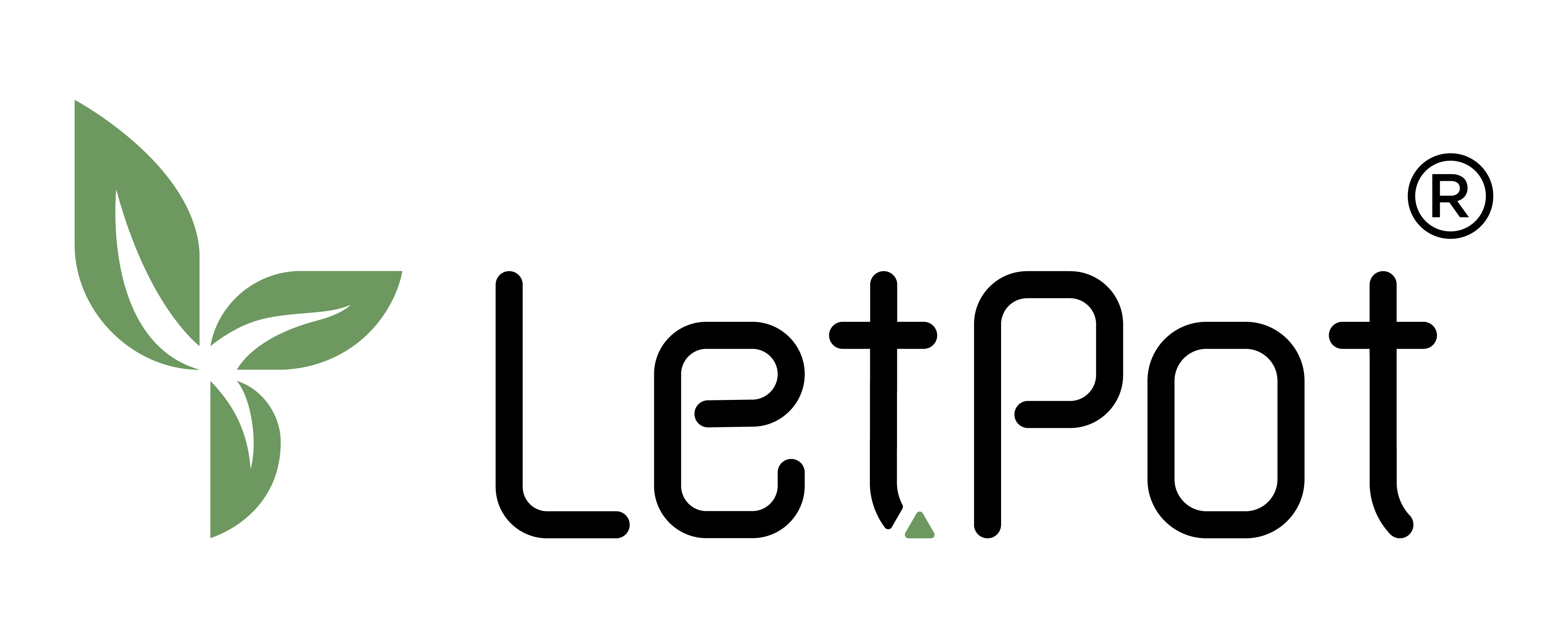

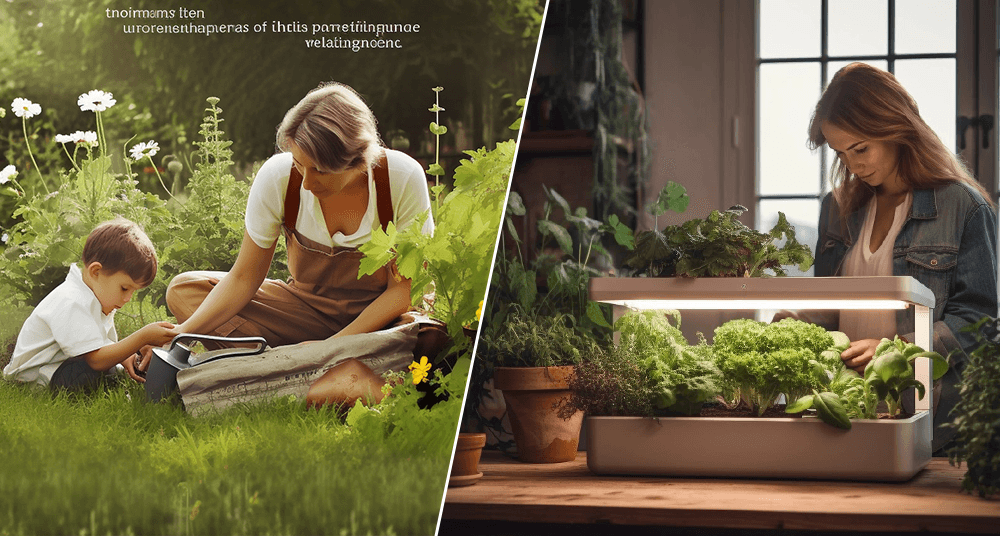

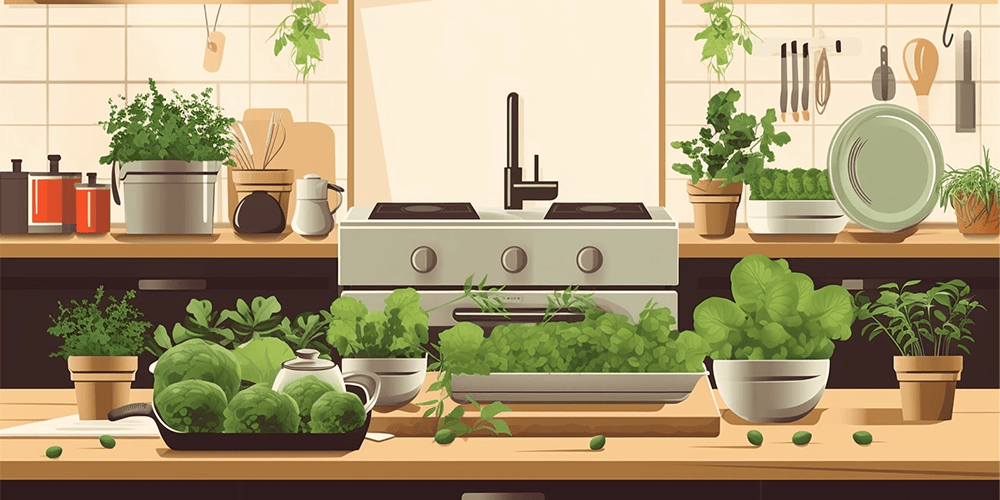
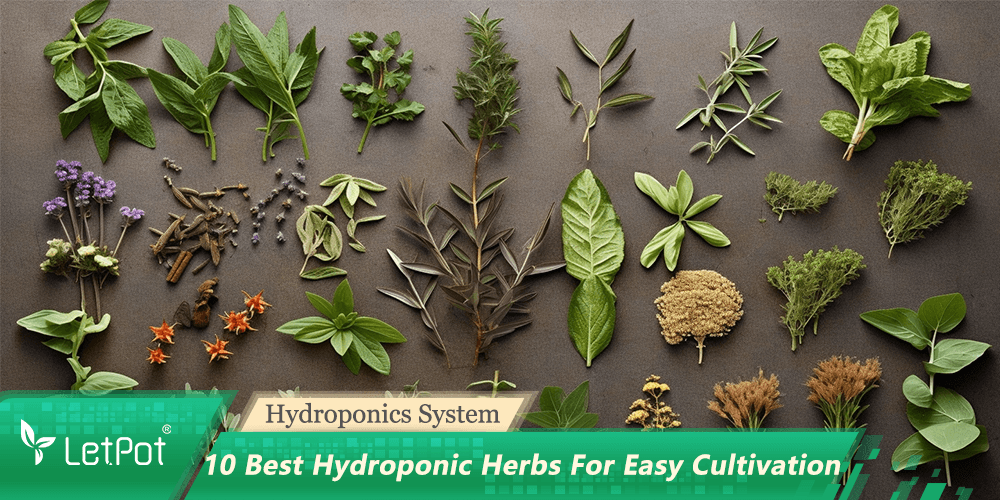
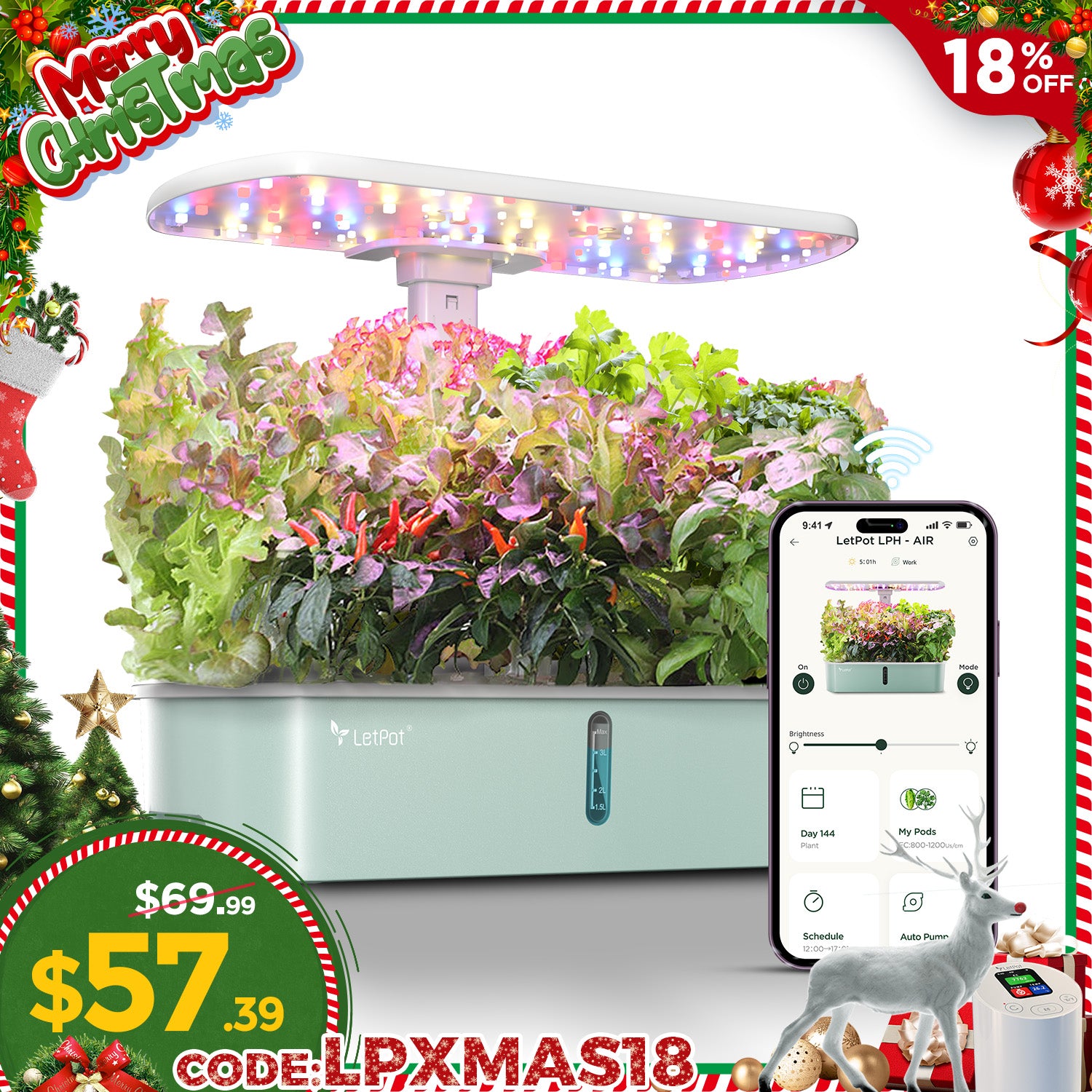
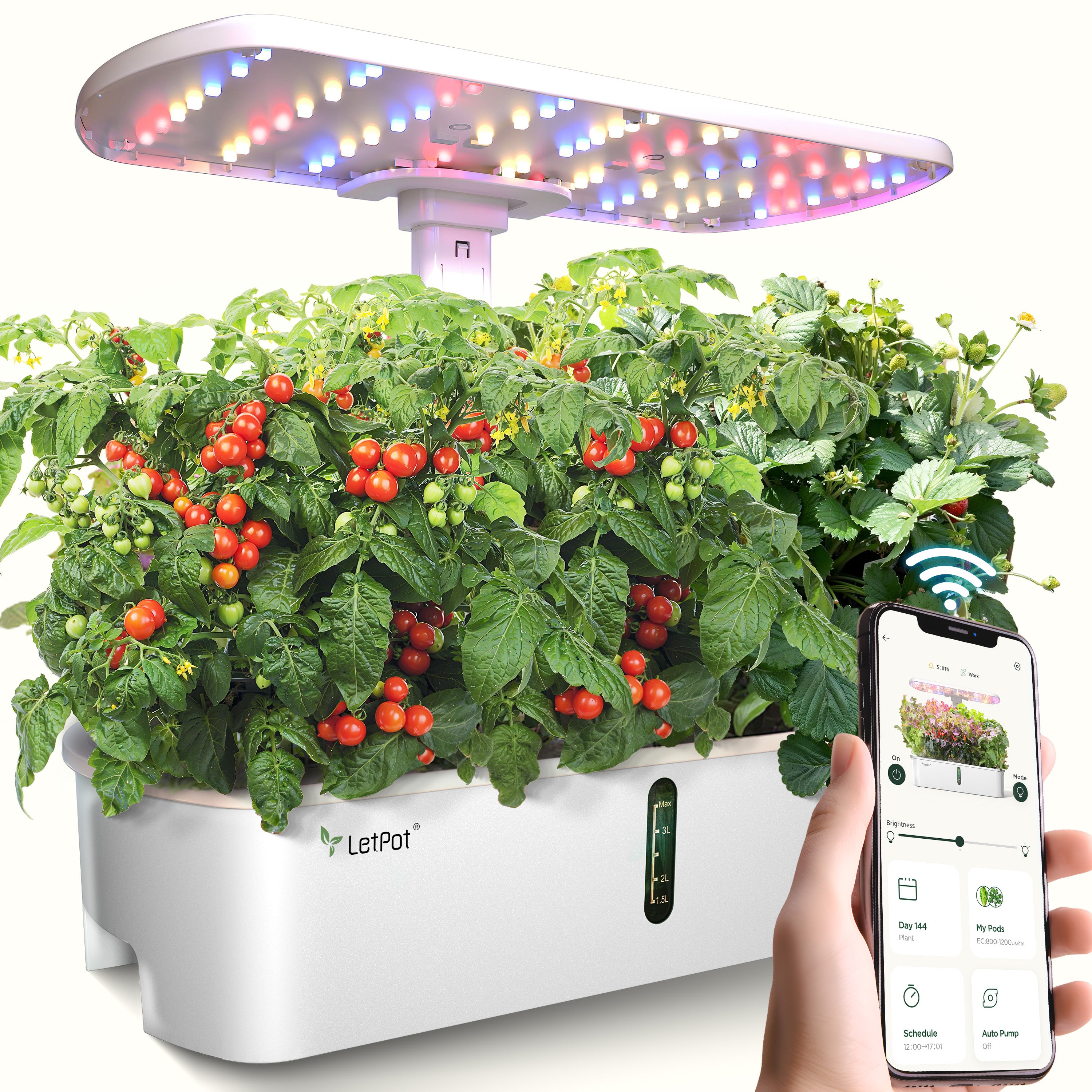
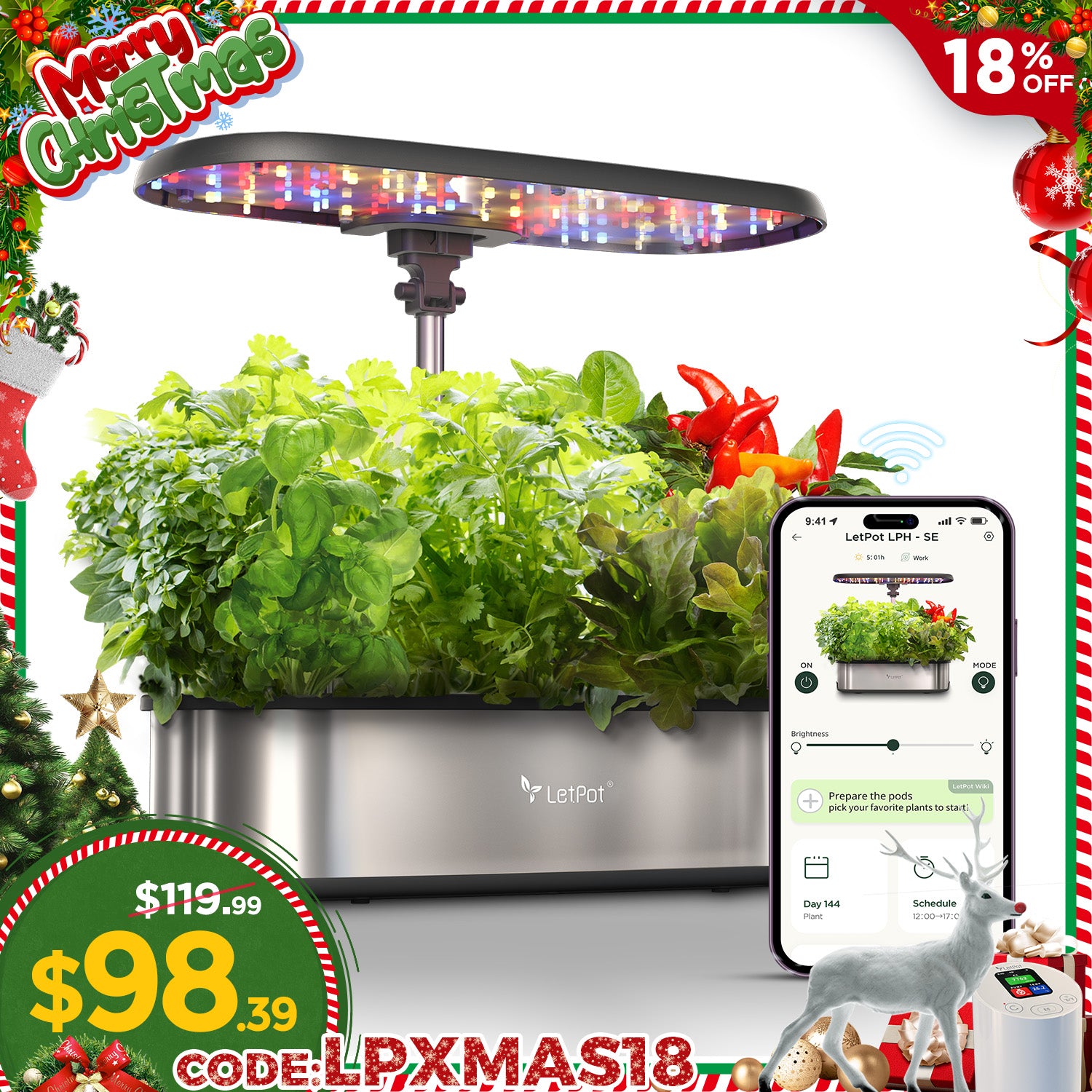
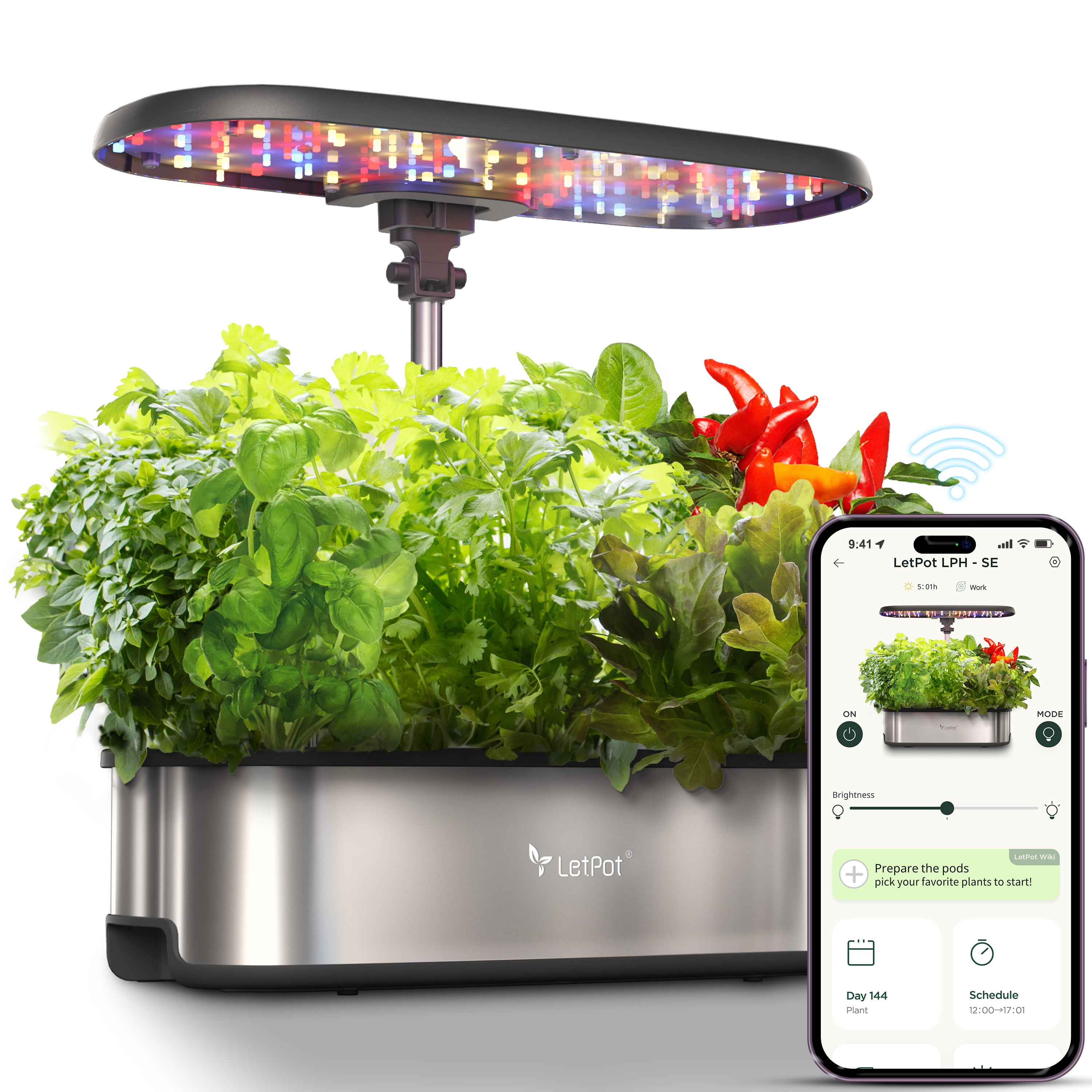
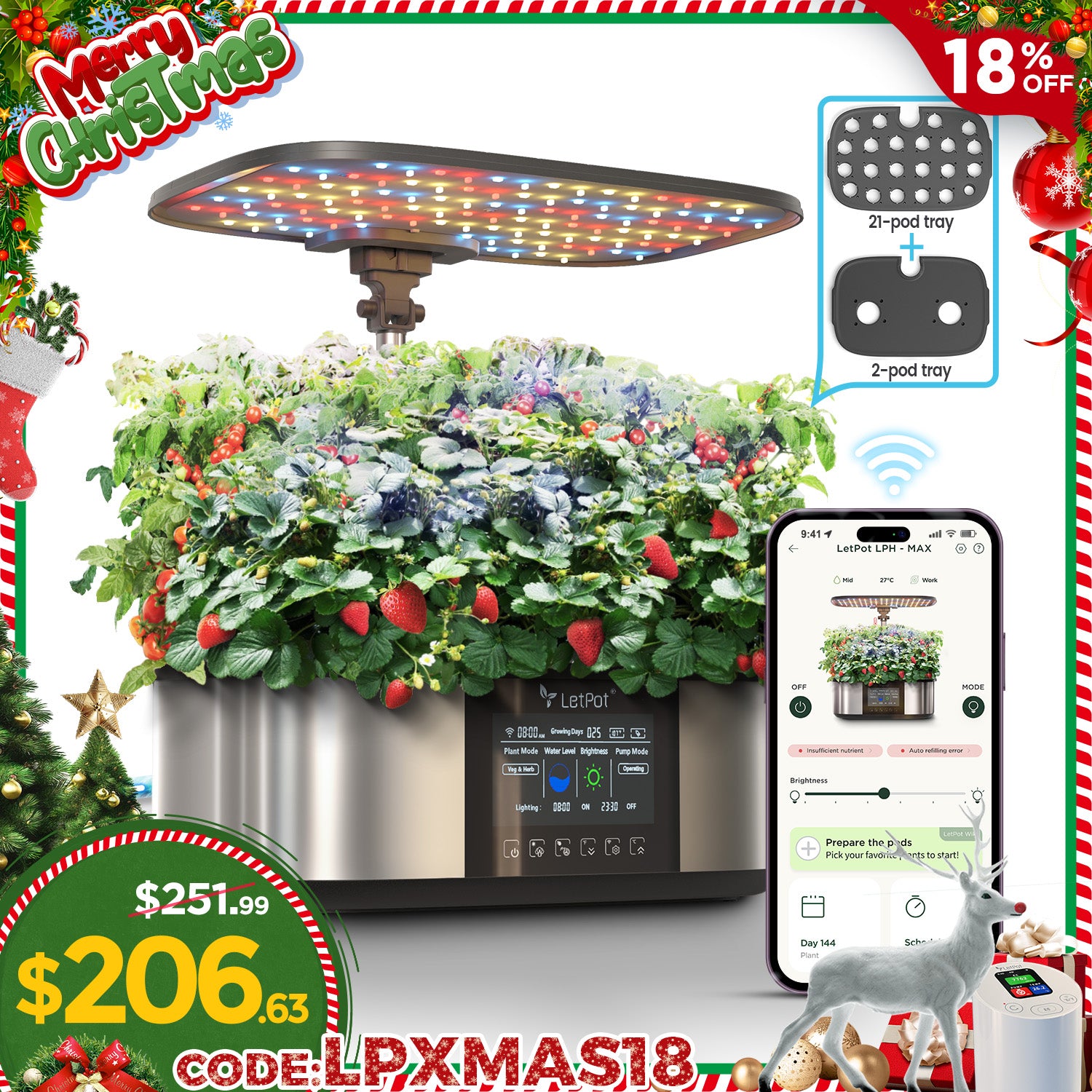
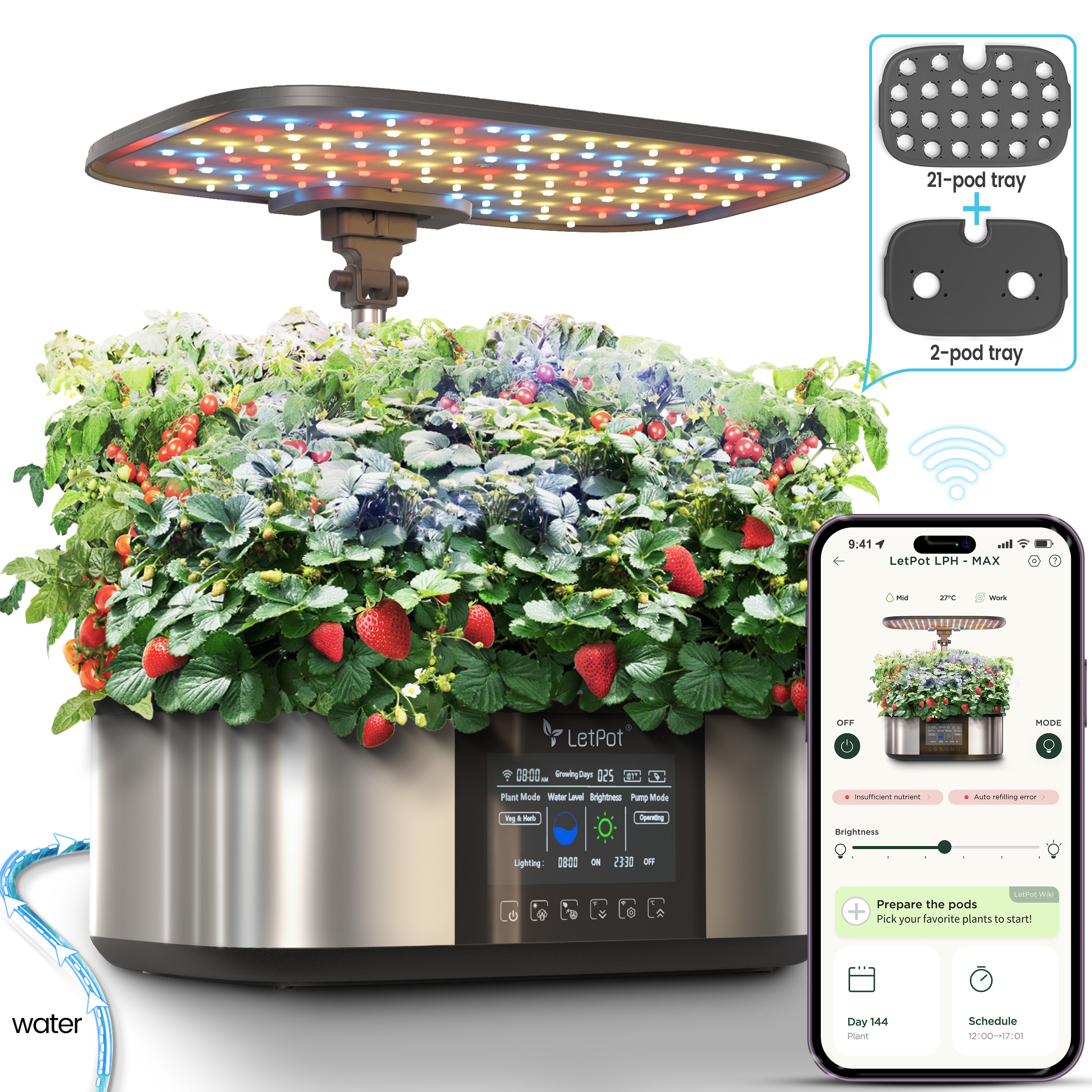
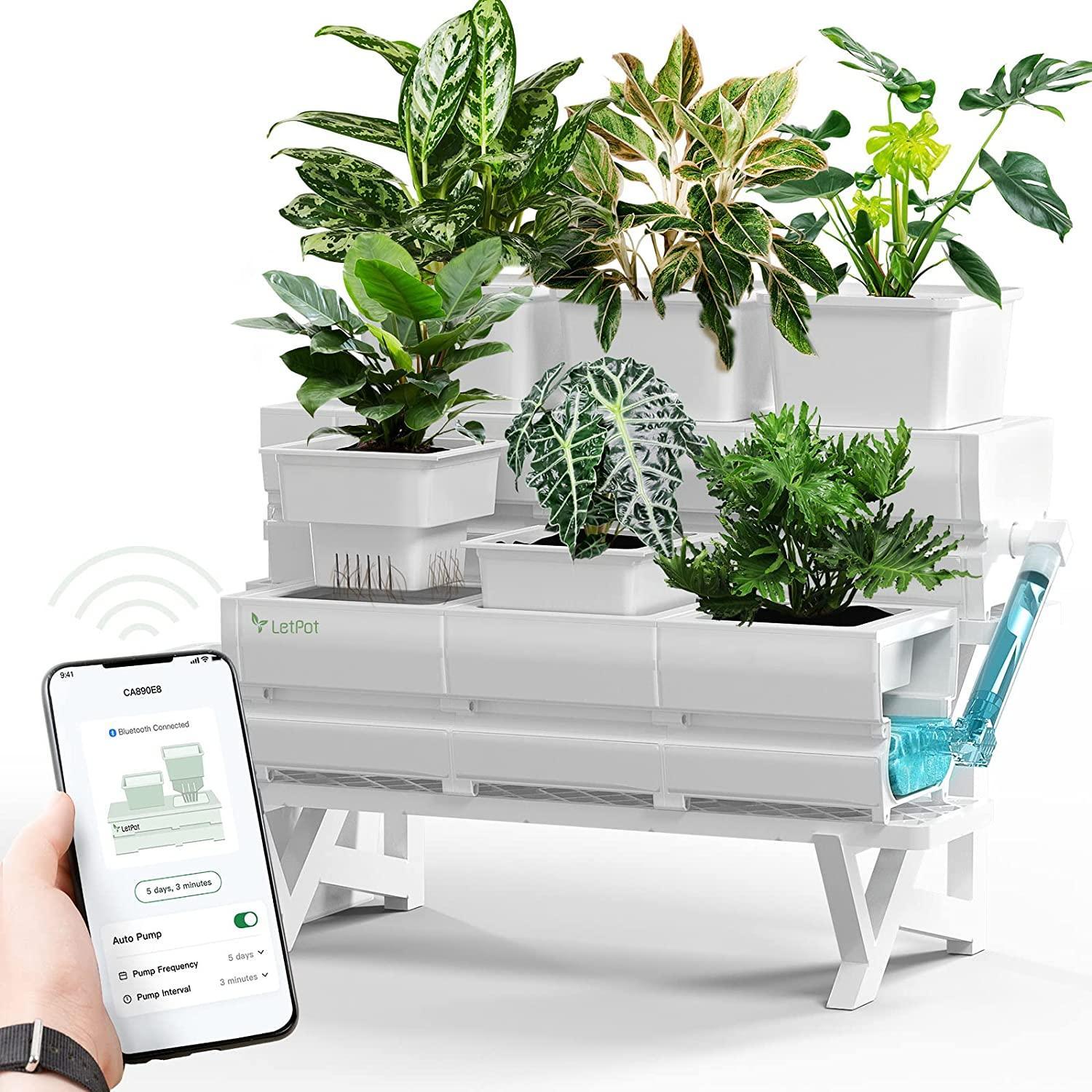
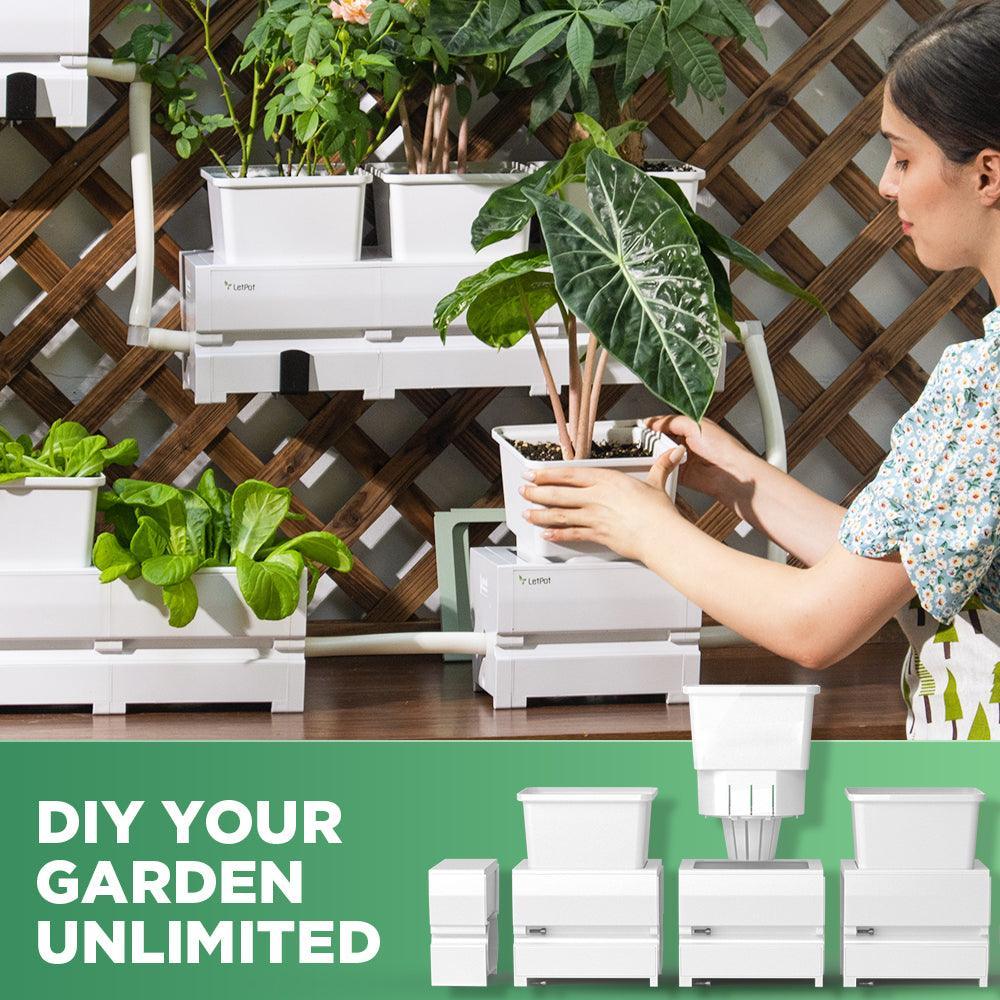
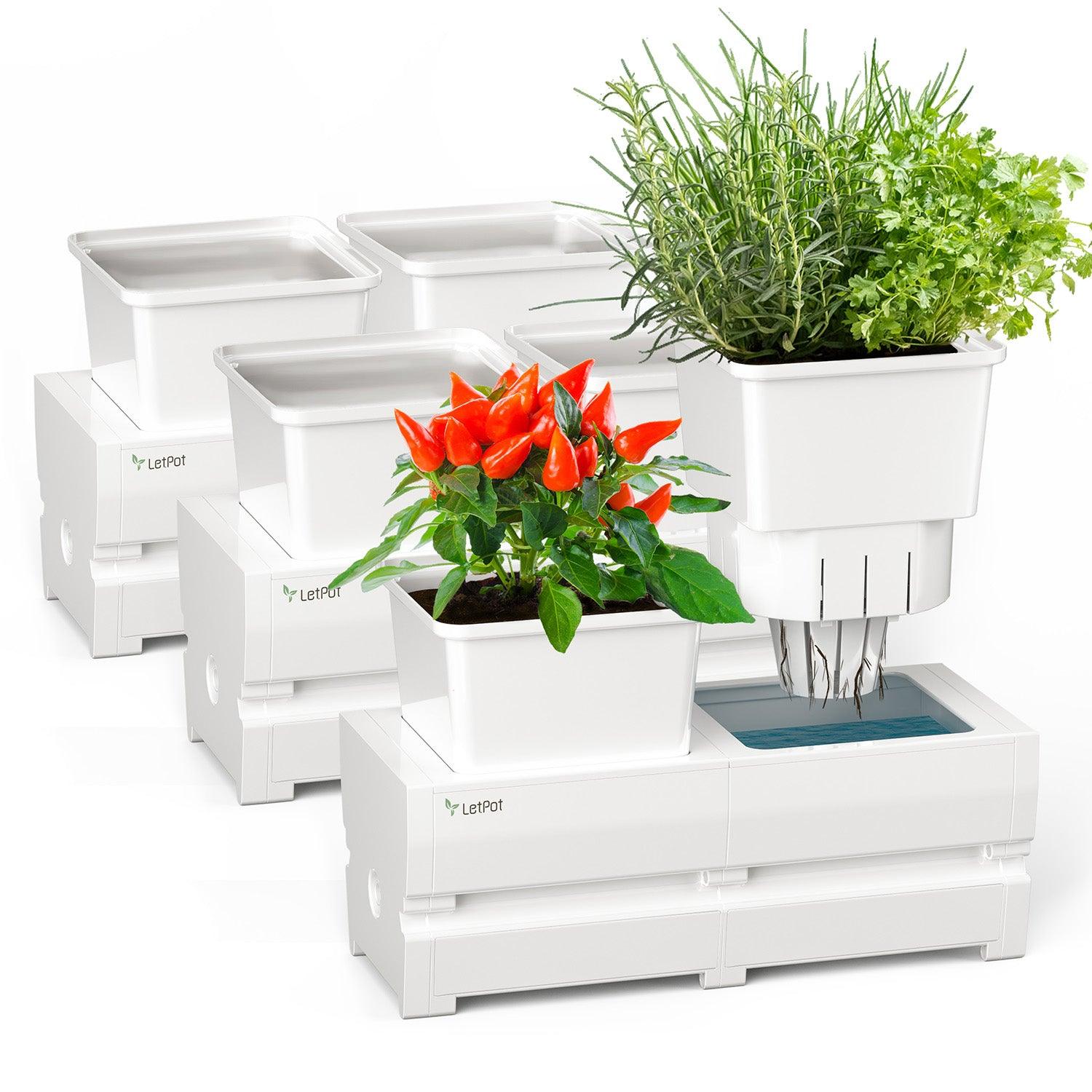

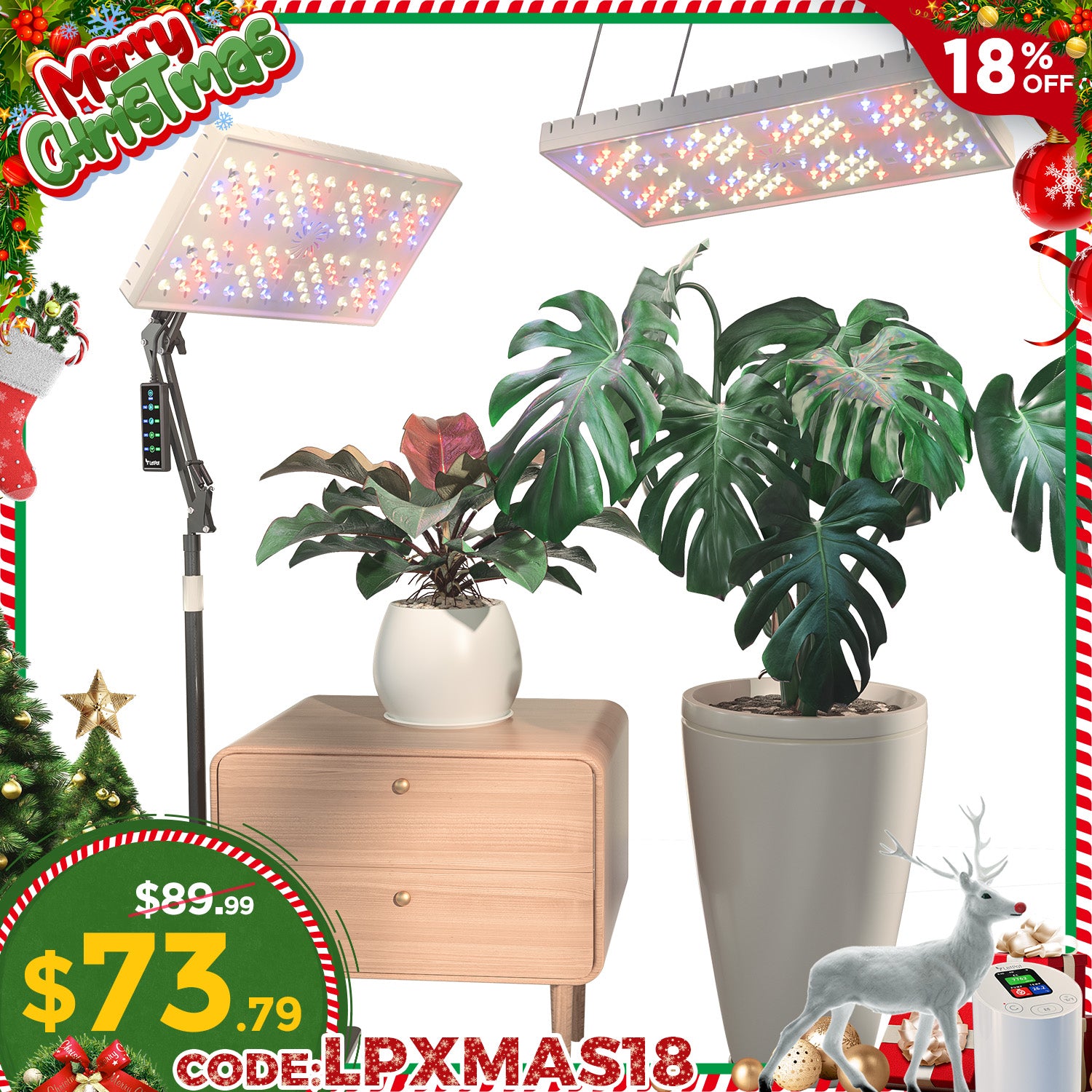

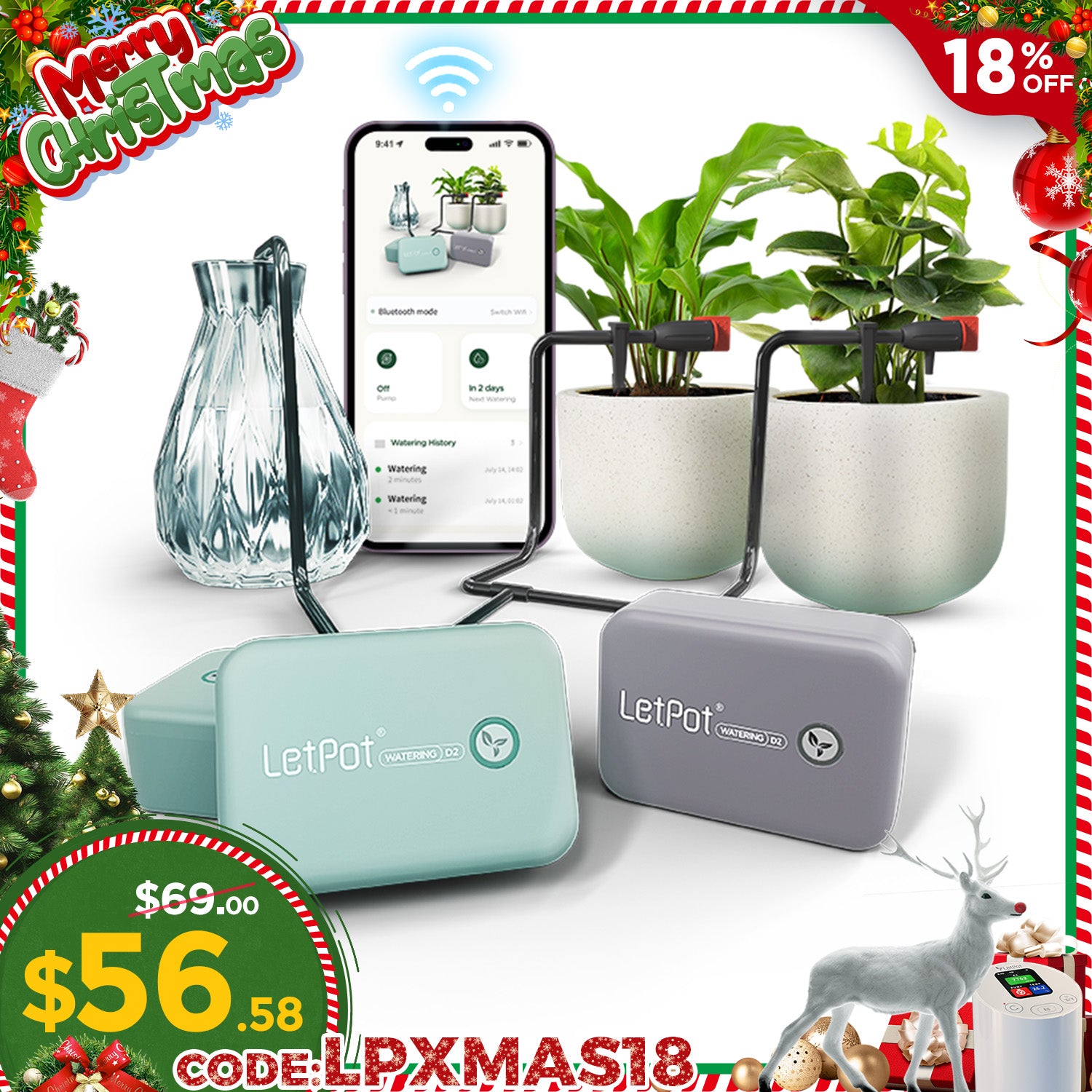
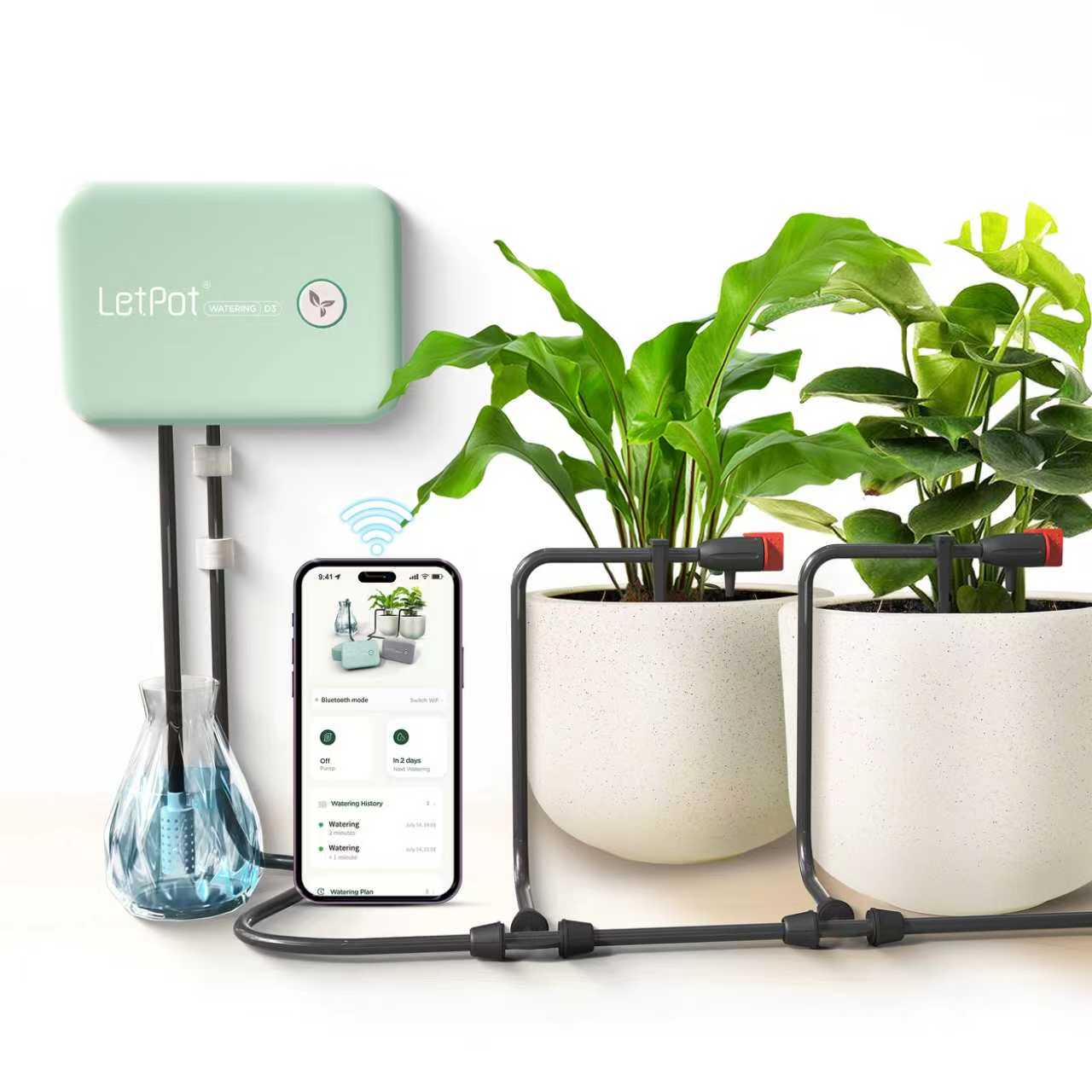
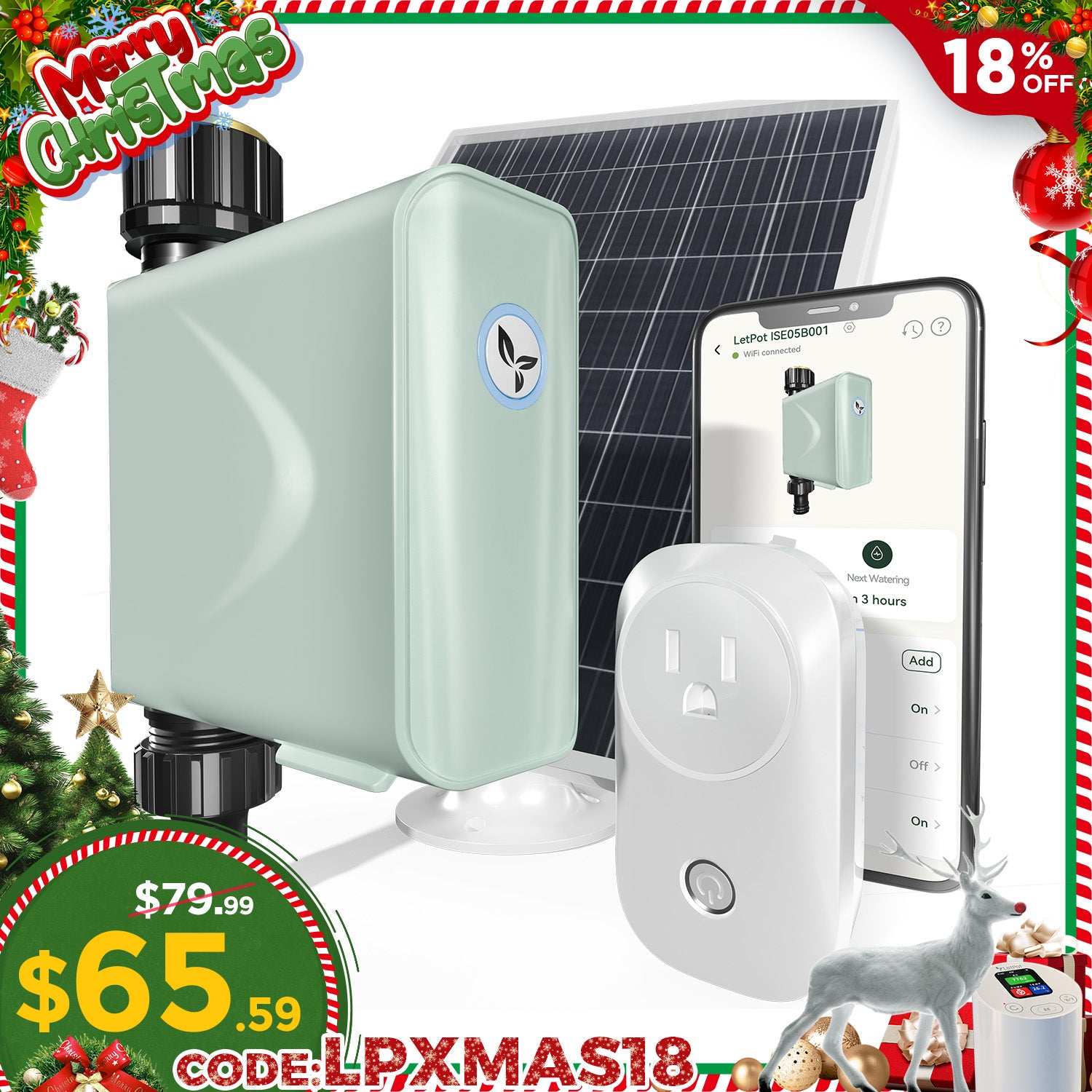
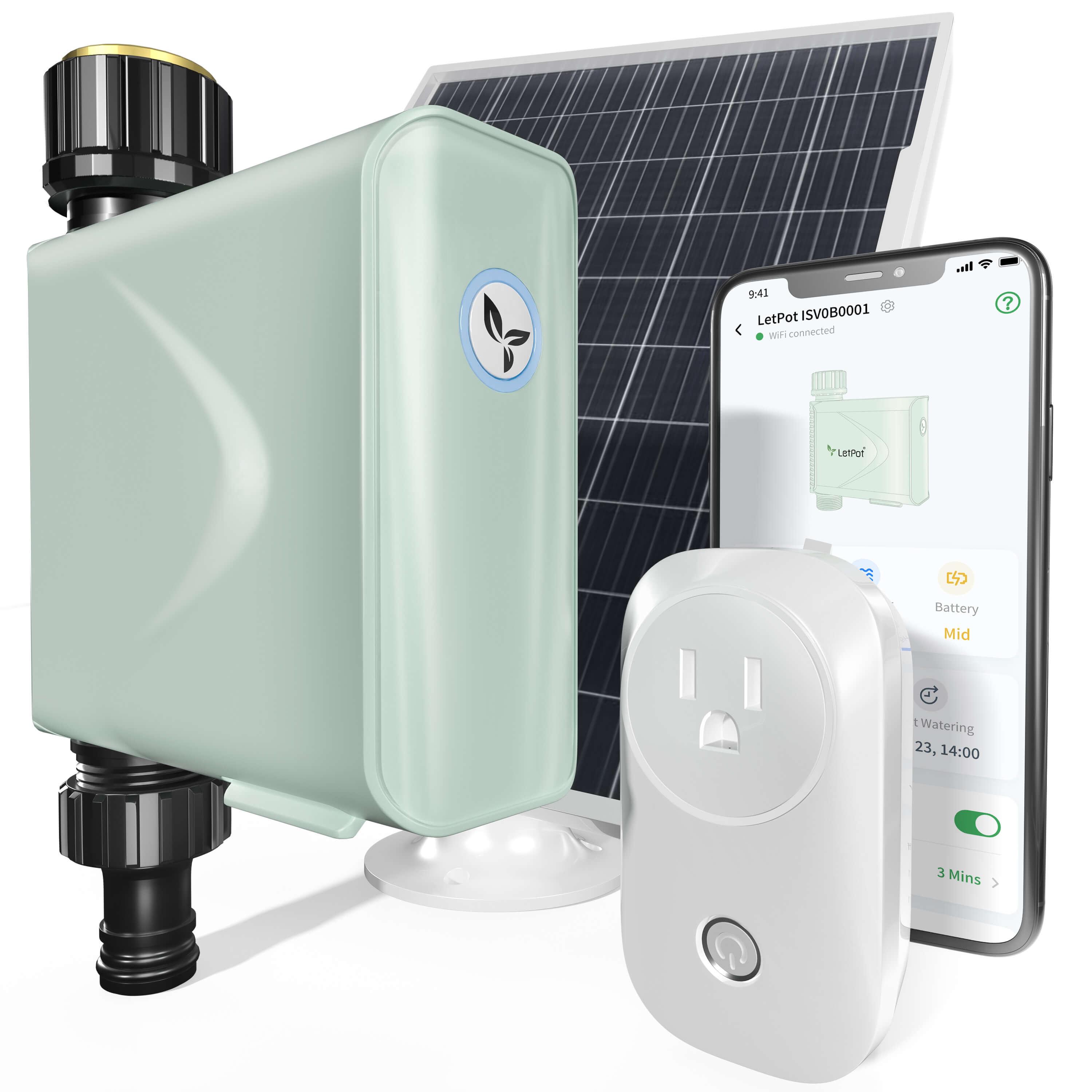

Leave a comment
All comments are moderated before being published.
This site is protected by hCaptcha and the hCaptcha Privacy Policy and Terms of Service apply.